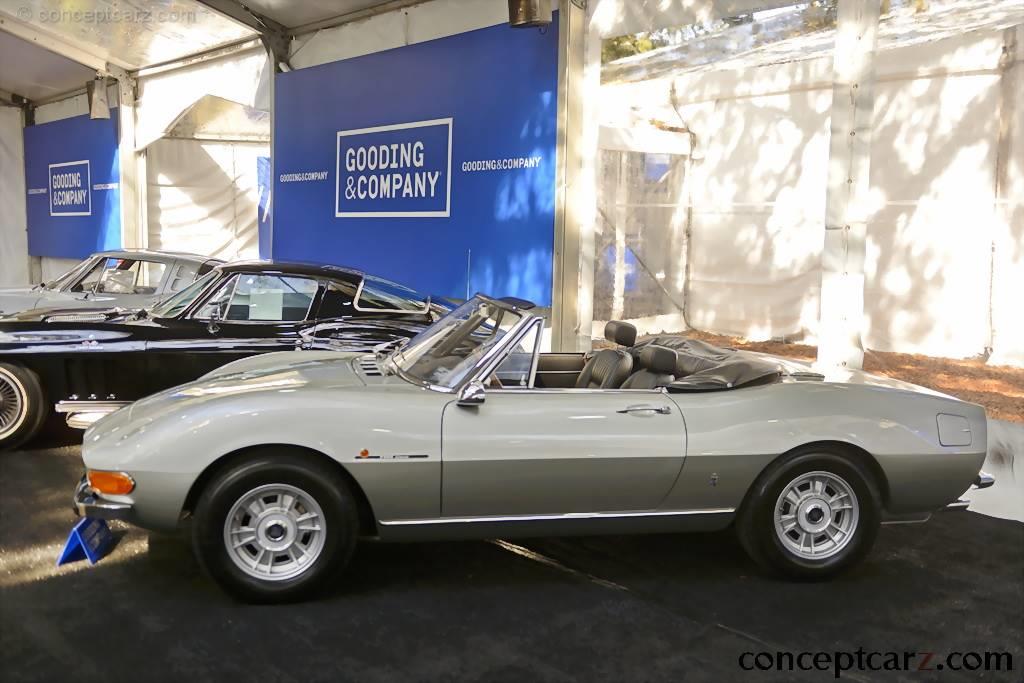1969 Fiat Dino Navigation
- 1969 Fiat Dino Menu
- Article
- Image gallery
- Valuation
- Specifications
- Profiles
Fiat
Similar Vehicles
Similar Automakers
Similarly Sized Vehicles
from 1969
1969 Fiat Dino Vehicle Profiles
Recent Vehicle Additions
Performance and Specification Comparison
Dino Specification Comparison by Year
Year
Production
Wheelbase
Engine
Prices
Related Automotive News

All-new 2022 Jeep Grand Cherokee: Most Technologically Advanced, 4x4-capable and Luxurious Grand Cherokee Yet
Fifth-generation Lineup Includes the Grand Cherokee 4xe, the First Electrified Grand Cherokee, and the New Trailhawk, the Ultimate 4x4 Grand Cherokee
Fifth generation of most awarded SUV ever brings an all-new architecture, new plug-in hybrid powe...
2014 Mitsubishi Outlander Named to Kelley Blue Book's KBB.com '10 Most Affordable 3-Row Vehicles' List
7-passenger SUVcrossover has a starting MSRP of %2422,995
Cypress, California, May 27, 2014 – Mitsubishi Motors North America, Inc. (MMNA) has announced that its stylish and fuel-efficient all-new 2014 Outlander 7-passenger crossoverSUV...

2015 SORENTO NAMED BEST FAMILY VEHICLE BY THE NORTHWEST AUTOMOTIVE PRESS ASSOCIATION
Sorento SX Tops Its Segment at Annual Mudfest Challenge Event
Automotive journalists from the Pacific Northwest rank the Sorento ahead of six competitors in the Best Family Vehicle category
Strong performances on both the autocross course and pub...
2014 MITSUBISHI LANCER SPORTBACK: NUMEROUS NEW FEATURES/UPGRADES FOR THIS UNIQUE AND SPORTY 5-DOOR
Mitsubishi Motors utterly unique Lancer Sportback rings in the new model year with a plethora of new features and upgrades for this roomy (up to 52.7 cubic feet of available cargo space) and fun-to-drive diamond star-badged 5-door.
New features and...
World-First Driveline, Breakthrough Transmission, Four New Engines Mark Milestone Model-Year For Chrysler Group
Worlds first front-wheel-drive-based 4x4 system with rear-axle disconnect
Worlds first nine-speed automatic transmission – one of three new gearboxes
New 6.4-liter HEMI® V-8, mightiest gasoline engine in heavy-duty pickup segment
New 3.0-liter...
















